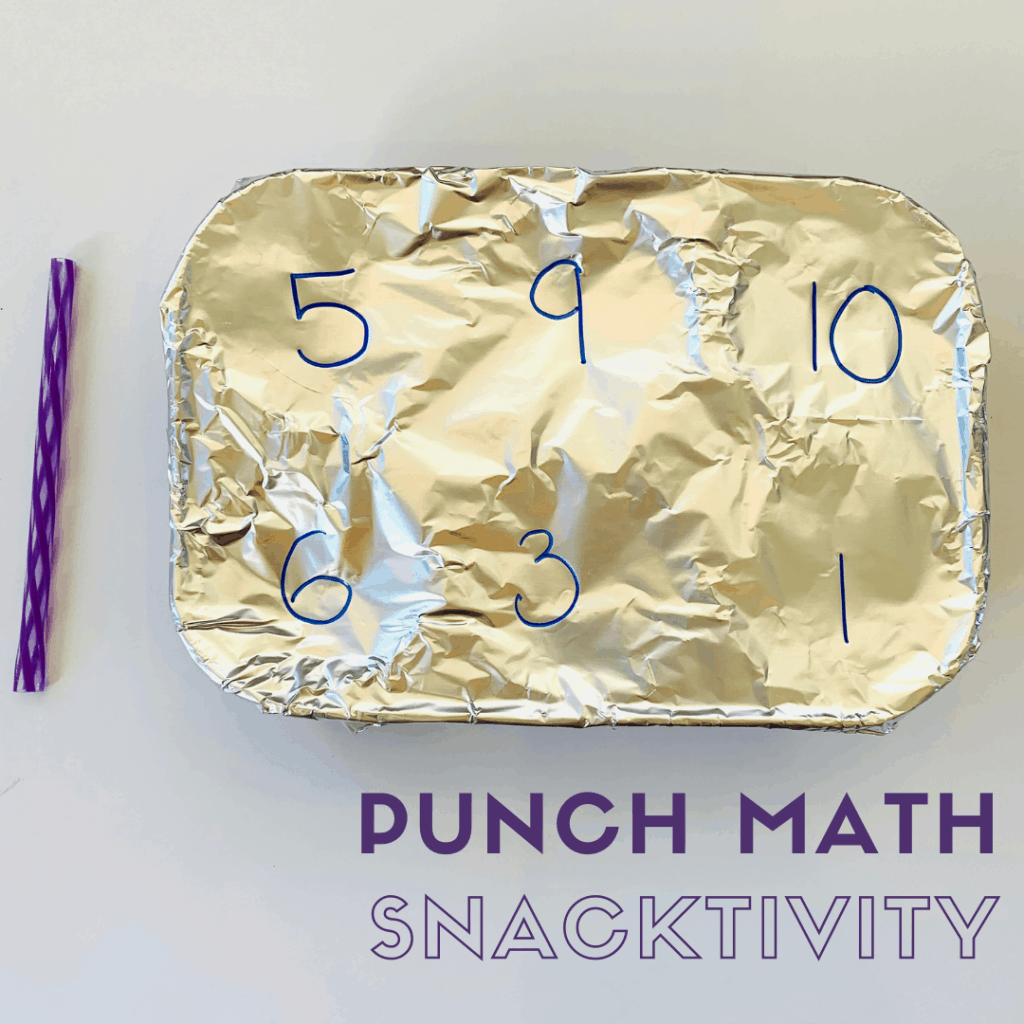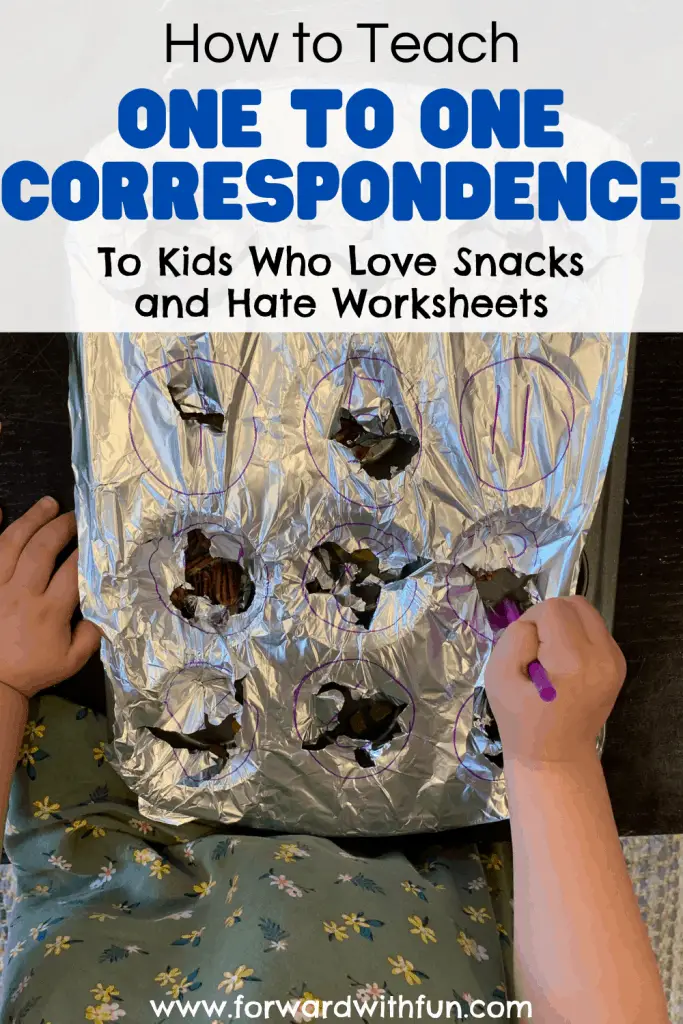
Teachers of young children talk about one to one correspondence, but what is it? One to one correspondence is counting one object for every number said.
Without one to one correspondence, one will not be able to count objects accurately. When a child is able to count one object per each number said, they also understand that a number represents a specific quantity.
At what age do kids develop one to one correspondence? This can be between the ages of 3-5. In kindergarten, kids are expected to count up to 20 objects with one to one correspondence. In preschool up to 10.
*As an Amazon affiliate, I may get a small commission for purchases made through links in this post.

Picture this: you're playing a board game. Your child rolls a 5 and they move their piece WAY MORE than 5 spaces, while managing to only count to five. They're not cheating! They lack one to one correspondence.
When given a quantity of objects and asked to count, many kids count faster than they register each object resulting in counting to a number that is MORE than the actual number of objects!
This happens because kids learn counting as a rote skill. Children memorize the number order much earlier than they learn to count objects, so saying the numbers in that order is automatic. For many, they are just saying numbers without any knowledge of numbers representing quantities.
So, we have get them to SLOW DOWN!
The best way to build one to one correspondence is to give children a way to slow their counting. So, I teach my students a counting rule called, "Touch 1, count 1." For every object they are counting, they must either touch it, or move it to another spot completely.
This snack activity, aka snacktivity, is a highly engaging way to build one to one correspondence with items you already have around the house.
For a very basic one to one correspondence activity - perfect for 2-3 year olds, try this build your own board game activity!
With this simple hands-on learning game, your kid will love learning number recognition, one to one correspondence, numeracy, and even arithmetic. Just grab these few supplies and get ready to play.


For preschoolers, I recommend numbers between 1-10. For kindergarteners, numbers ranging from 1-15. Don't go into the teens unless your child has mastered 1-10.


For this version, your child is solely focused on number recognition and one to one correspondence.
To start, present your kiddo with the straw and talk about the numbers they see on the aluminum. Their mission is to uncover their snack by identifying the correct number and punching through the aluminum foil that many times.
Invite your child to play by asking them to punch number 3 three times, number 5 five times, etc.
By punching the straw through the aluminum foil they're forced to slow down their counting and follow the "touch 1, count 1," rule of one to one correspondence.
They'll be thrilled to reveal the snacks underneath with each punch through. For an additional way to practice, you can have them count the snacks as well!
Once your preschooler or kindergartner has a good grip on number identification try this way of playing that builds number sense using more than and less than.
Call out actions such as, "Punch a number that is more than 5. Punch a number that is less than 2."
Another way to play this way is to show them on your hands a number of fingers and ask them to find a number that is more than or less than that many! That way they're "subitizing" the number of fingers, translating that into the number they identified, and then building their knowledge of more and less.
You guessed it: have your child determine which number is the sum or the difference to your simple arithmetic problem, and punch the number the correct number of times to reveal the snack beneath.
Use call outs like, "Punch the number that is 5 +1!" and "Punch the number that is 4-2!"
To scaffold and make this a little less tricky, use your fingers to show addition and subtraction. Hold up 8 fingers, "Punch the number that is this many take away 3!"